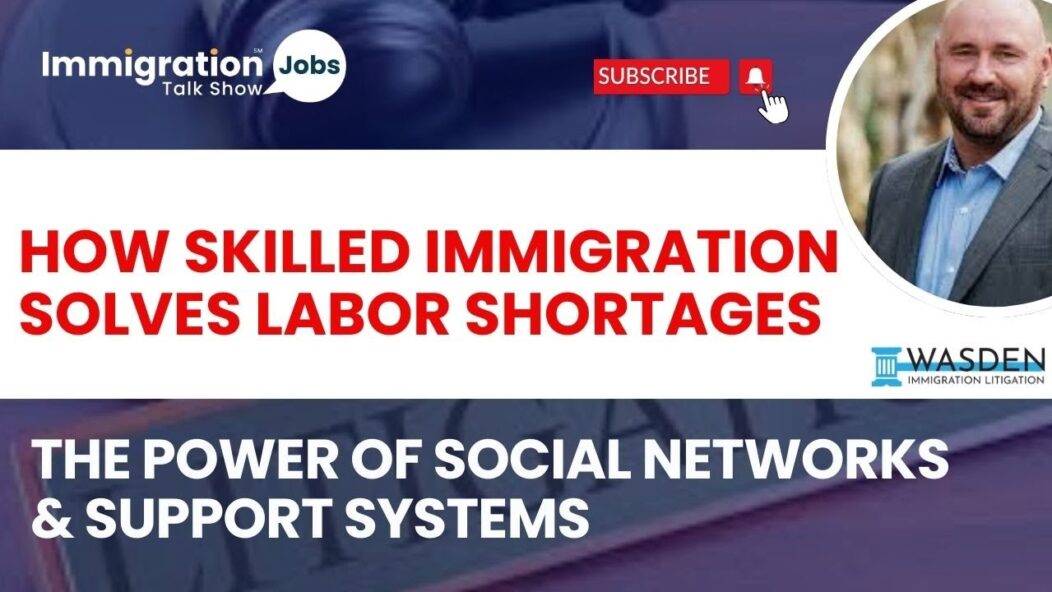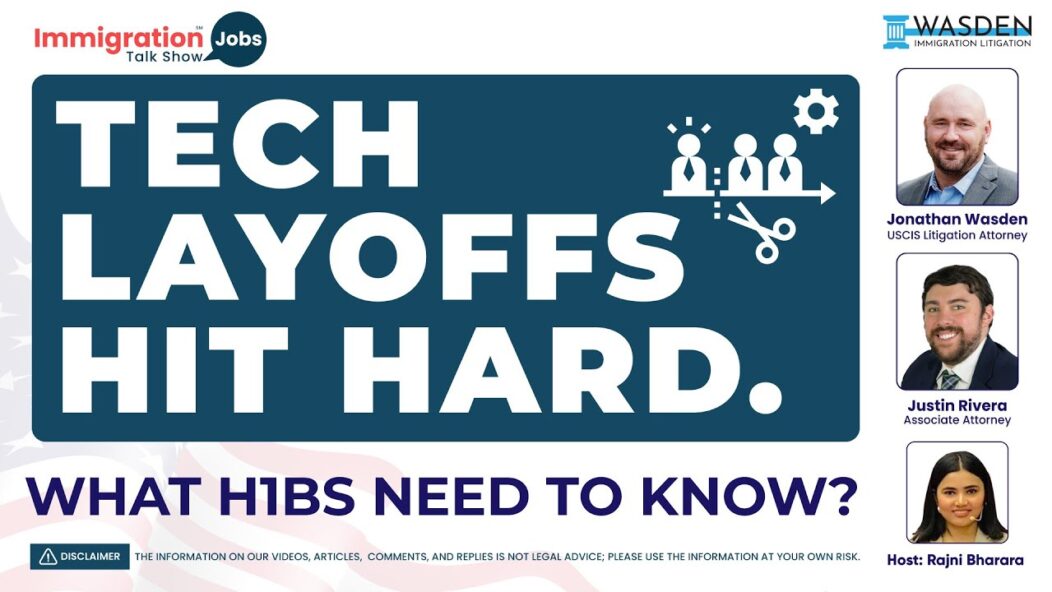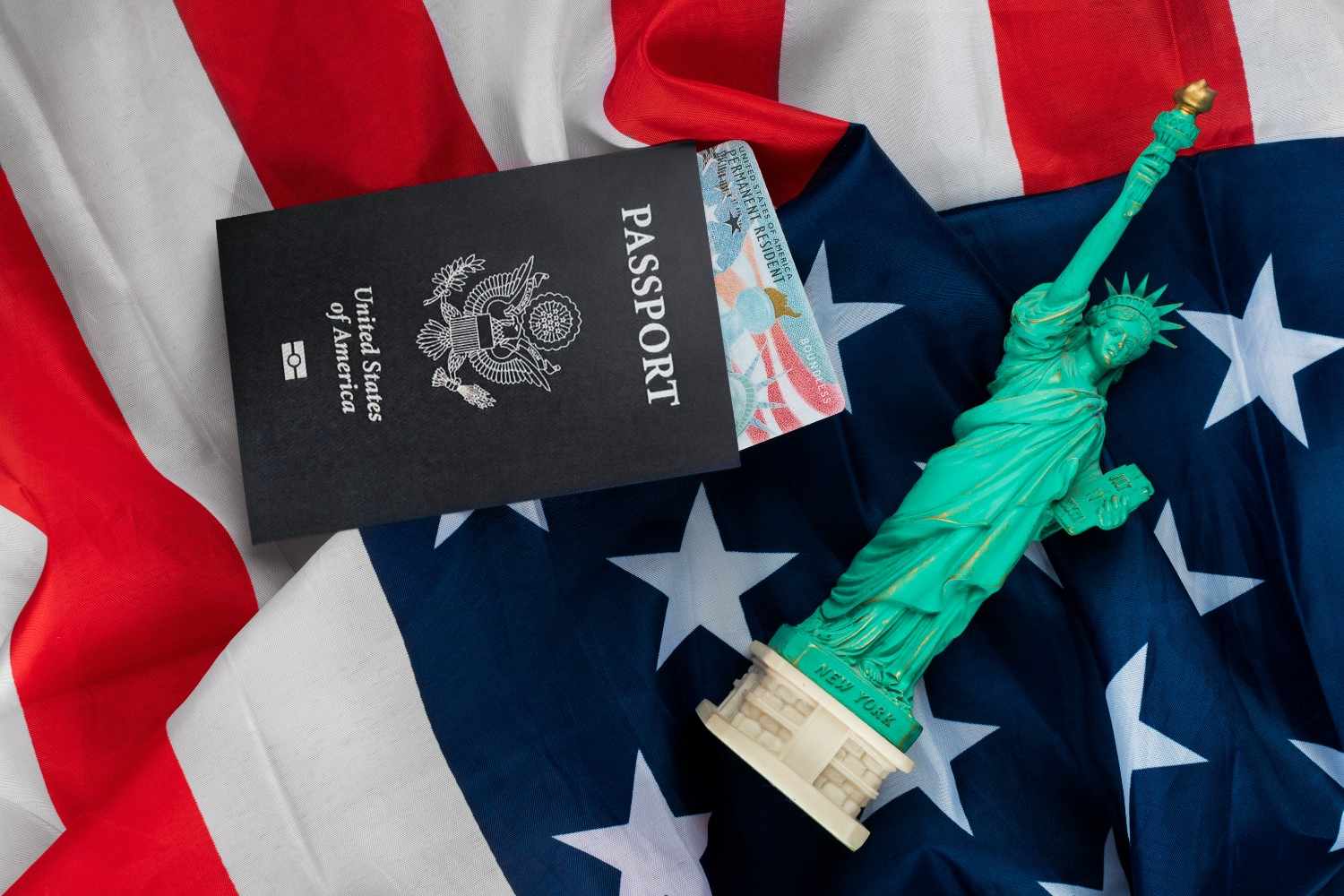In a crucial development for immigration and employment compliance, the U.S. Department of Homeland Security (DHS) has recently updated Section 7.4.2 of the Handbook for Employers (M-274) to align with a final rule published in the Federal Register. The new regulation impacts F-1 students whose H-1B petitions are pending or approved for a change of status. Employers and legal professionals must understand these changes to ensure correct Form I-9 processing for affected F-1 students.
Key Takeaways
- The final rule adjusts the automatic extension of status and employment authorization for F-1 students benefiting from H-1B petitions.
- The end date for the automatic extension is now set for April 1 of the fiscal year in which the H-1B status is requested or the approved petition’s validity start date, whichever comes earlier.
- Section 7.4.2 of the M-274 has been revised to include this change.
- Employers are required to update their I-9 verification processes accordingly.
Context
The immigration landscape for F-1 students in the United States has undergone various regulatory changes in recent years. The final rule, issued by DHS, aims to streamline and clarify the status and employment authorization extension process for students transitioning to H-1B status. This final rule is an important part of efforts to simplify and improve the management of nonimmigrant worker statuses.
The Final Rule Explained
The final rule (89 FR 10354) addresses the status extension and employment authorization for F-1 students who are the beneficiaries of H-1B petitions requesting a change of status. Historically, an F-1 student’s authorized employment was automatically extended until October 1st of the fiscal year for which the H-1B petition was filed. Under the new rule, this extension is now set to end on April 1st of the fiscal year or the start date of the approved petition, whichever is earlier.
This change adjusts the end date of employment authorization extensions for F-1 students seeking H-1B status, reflecting a more specific and predictable timeline for status changes.
Impact on Form I-9 Compliance
The updated Form I-9 guidance requires employers to reflect the new April 1st end date when verifying the employment eligibility of F-1 students benefiting from H-1B petitions. Employers will need to ensure they are aware of the validity start date of the H-1B petition and the automatic extension provided under the new regulation. It’s essential to review the M-274 handbook for specific instructions on updating the I-9 process.
Employers must ensure their I-9 practices comply with the updated rule, specifically noting the change in the end date for employment authorization extensions from October 1st to April 1st.
The Role of E-Verify
The update to Section 7.4.2 of the M-274 is also reflected in E-Verify guidelines. E-Verify will now automatically recognize the April 1st extension date for students with pending or approved H-1B petitions. Employers utilizing E-Verify to confirm employment eligibility will need to adjust their verification processes accordingly, especially when handling I-9 forms for F-1 students.
E-Verify users must stay informed of the updated extension rule to ensure they are in compliance when verifying employment eligibility for F-1 students transitioning to H-1B status.
Practical Steps for Employers
Employers must take practical steps to implement these changes in their hiring and compliance processes. This includes reviewing the new M-274 guidelines, ensuring accurate record-keeping of employees’ H-1B petition details, and updating their I-9 forms for F-1 students. Additionally, employers should educate HR staff about the updated rules to avoid mistakes in verifying employee work eligibility.
Proper implementation of the new rule will require employers to update their procedures, staff training, and Form I-9 practices to maintain compliance with DHS regulations.
Addressing Common Questions
Given the nature of this regulatory update, employers may have specific questions regarding implementation. Common questions include how to handle I-9 forms for students with pending H-1B petitions, how to determine the validity start date of the petition, and how to adjust E-Verify submissions. Legal professionals should be prepared to answer these questions and provide guidance on the updated compliance requirements.
Employers and legal professionals should be prepared to address any questions from staff or clients regarding the new regulations, ensuring that all compliance steps are clearly understood.
Conclusion
The updated regulations for F-1 students transitioning to H-1B status are a significant change in U.S. immigration law and have a direct impact on employment verification processes. Employers must update their I-9 procedures, ensure that their HR teams are well-informed, and adjust their E-Verify practices. Staying compliant with the new rules will help avoid potential legal issues and streamline the process for F-1 students awaiting H-1B status approval.
Frequently Asked Questions
What is the new end date for F-1 student employment authorization extensions?
The new end date is April 1st of the fiscal year for which the H-1B petition is requested or the validity start date of the approved petition, whichever is earlier.
How does this impact Form I-9?
Employers must adjust their Form I-9 verification process to reflect the new extension end date and ensure compliance with updated DHS rules.
Will E-Verify automatically recognize the new extension date?
.Yes, E-Verify will now recognize the new April 1st extension date for F-1 students with pending or approved H-1B petitions.
What steps should employers take to comply with the updated rule?
Employers should review the new M-274 guidelines, update their I-9 verification processes, and train HR staff on the changes.
Are there any other significant changes in the I-9 process for F-1 students?
Aside from the change in the extension date, employers should also ensure they are documenting the necessary details of the H-1B petition and its validity start date.
Authors: Jonathan Wasden & Justin Rivera, Immigration Attorneys
How useful was this post?
Click on a star to rate it!









